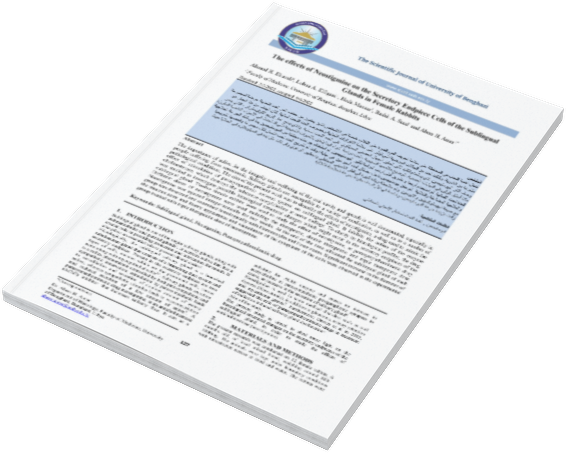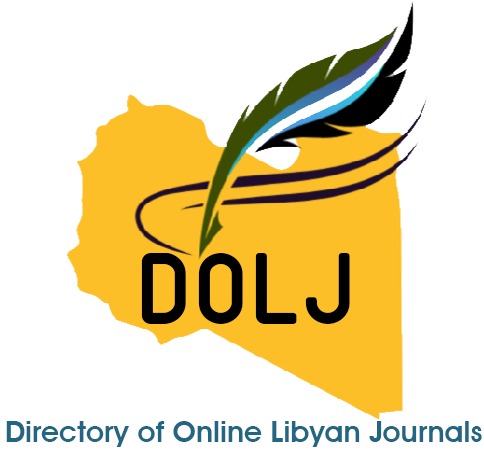The effects of Neostigmine on the Secretory Endpiece Cells of the Sublingual Glands in Female Rabbits
DOI:
https://doi.org/10.37376/sjuob.v33i1.295Keywords:
Parasympathomimetic drug, Neostgmine, Sublingual glandAbstract
The importance of saliva for the integrity and wellbeing of the oral cavity and speech is well documented, especially in people suffering from xerostomia. Salivary glands are susceptible to a variety of medication, as well as to a number of pathological conditions. The aim of the present work was to describe the effects of neostigmine, a drug used to mimic the effect of stimulation of parasympathetic nervous system on sublingual gland. It inhibits the action of the enzyme cholinesterase, which destroys the substance acetylcholine at nerve endings. To clarify its histological profiles, the drug was studied to investigate possible histological structural changes which might occur in the secretory endpieces of the sublingual gland. Twelve female rabbits were used to study the effect of neostigmine, as parasympathomimetic drug. Different doses of neostigmine were used including the therapeutic, double therapeutic and triple therapeutic dose. Neostigmine was injected intraperitoneally for two weeks. At the end of the time allocated the sublingual gland of each group was dissected and examined histologically with Hematoxylin and Eosin stains. Significant increase in the diameter of the mucous acini and foamy appearance and vacuolation of the cytoplasm of the cells were observed in the experimental group treated with triple therapeutic dose of neostigmine.
Downloads

Downloads
Published
How to Cite
Issue
Section
License

This work is licensed under a Creative Commons Attribution-NonCommercial-NoDerivatives 4.0 International License.


















